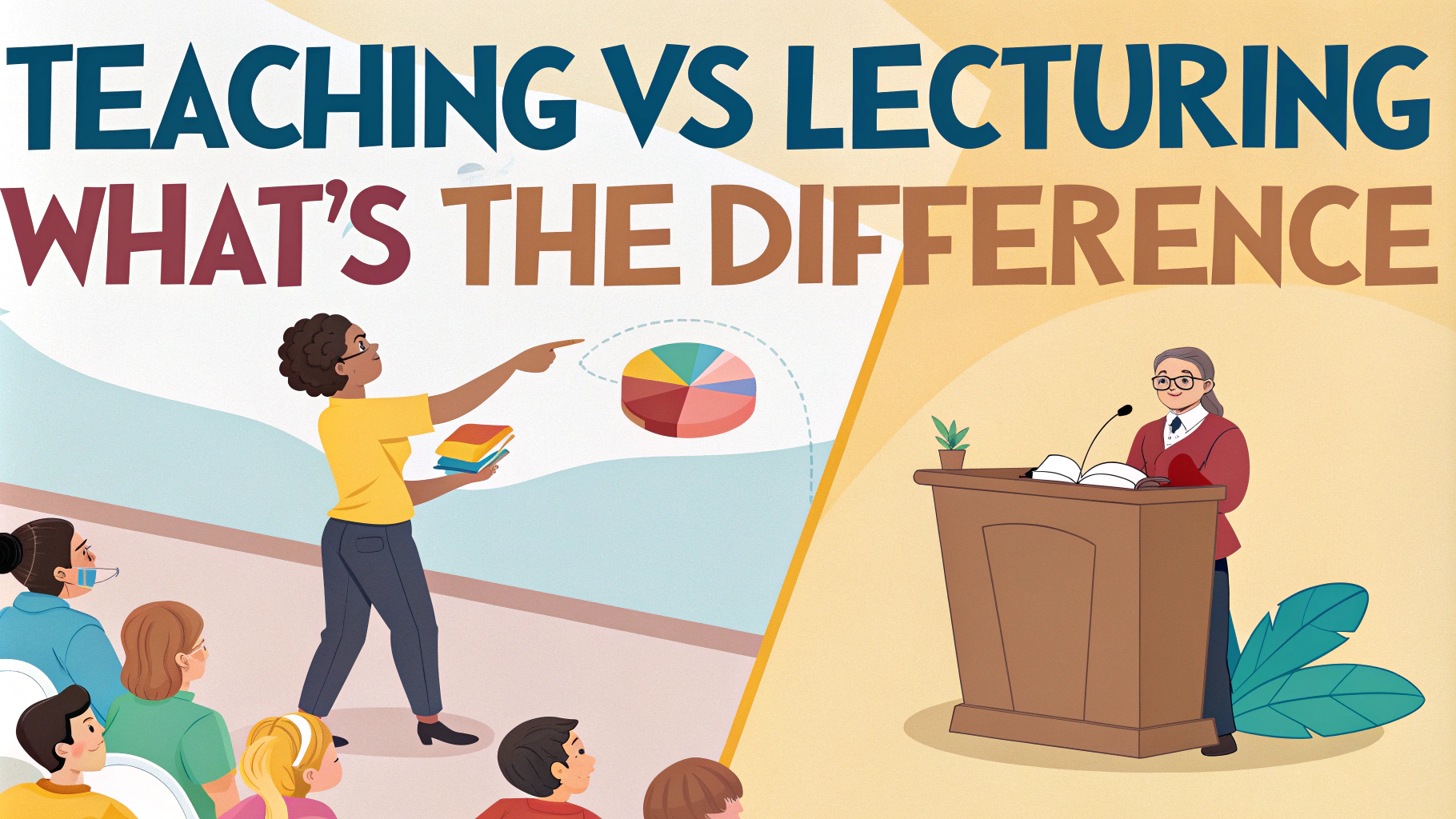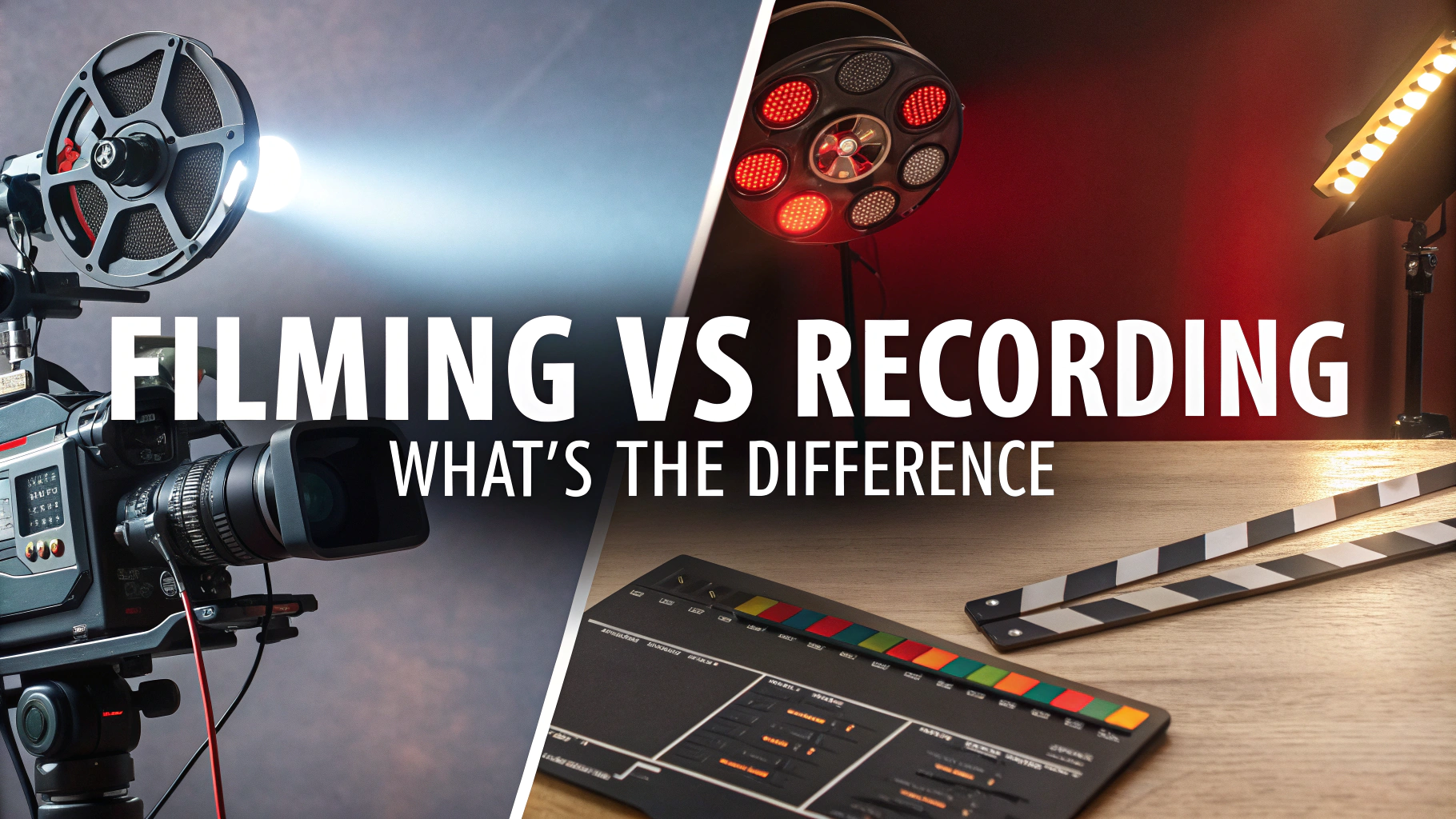The ability to connect with others during difficult times shapes our relationships and social interactions. Many people use the terms sympathy and empathy interchangeably, but these emotional responses have distinct characteristics and impacts.
Learning to recognize and appropriately express both **sympathy** and **empathy** helps build stronger connections and provide better emotional support when others need it most. Understanding the key differences enables more meaningful interactions in personal and professional settings.
Core Differences Between Sympathy and Empathy
**Sympathy** involves feeling compassion or concern for someone without directly experiencing their emotions. **Empathy** means putting yourself in another person’s position and sharing their emotional experience.
- Sympathy = feeling for someone
- Empathy = feeling with someone
| Sympathy | Empathy |
|---|---|
| Observing from outside | Experiencing from within |
| Feeling pity or sorrow | Sharing emotions |
Types of Empathy and Their Applications
Three main types of empathy influence how we connect with others:
- **Cognitive empathy**: Understanding another’s perspective intellectually
- **Emotional empathy**: Actually feeling what others feel
- **Compassionate empathy**: Understanding, feeling, and taking action to help
Recognizing When to Use Each Response
Different situations call for different emotional responses. Understanding when to express sympathy versus empathy helps provide appropriate support.
- Professional settings often require measured sympathy
- Close relationships benefit from deeper empathetic connections
- Crisis situations may need both responses at different stages
Using Empathy in Professional Settings
Building professional relationships requires balanced emotional intelligence and appropriate boundaries. Understanding how to express empathy at work improves team dynamics and client interactions.
- Schedule regular one-on-one check-ins with team members
- Practice active listening without interrupting
- Acknowledge others’ perspectives in meetings
- Respond to emotional cues appropriately
Developing Better Emotional Intelligence
Strengthening emotional awareness helps build genuine connections with others. Regular practice of specific techniques enhances both sympathetic and empathetic responses.
| Skill | Practice Method |
|---|---|
| Active Listening | Focus on speaker without planning response |
| Perspective Taking | Imagine yourself in different situations |
| Emotional Recognition | Identify and name feelings in others |
Common Mistakes to Avoid
Certain behaviors can block emotional connections and make others feel misunderstood.
- **Comparing experiences** instead of listening
- **Offering solutions** before showing understanding
- **Dismissing emotions** with phrases like “don’t worry”
- **Changing the subject** when things get uncomfortable
Building Stronger Connections Through Understanding
Regular practice of both sympathy and empathy creates meaningful relationships. Focus on genuine understanding rather than perfect responses.
- Set aside time for meaningful conversations
- Practice emotional awareness daily
- Seek feedback on your emotional responses
- Remember that connection matters more than perfection
“The most powerful connections come from genuine understanding rather than perfect words.”
Sympathy vs Empathy FAQs
Basic Understanding
Q: What is the main difference between sympathy and empathy?
A: Sympathy is feeling compassion for someone’s situation, while empathy is feeling emotions with them by putting yourself in their position.
Q: Can you feel sympathy and empathy at the same time?
A: Yes, you can experience both simultaneously. You might feel sorry for someone’s loss (sympathy) while also sharing their emotional pain (empathy).
Practical Applications
Q: Which is more important in healthcare – sympathy or empathy?
A: Empathy is generally more valuable in healthcare settings as it helps medical professionals better understand patient experiences and provide more effective care.
Q: How do sympathy and empathy differ in the workplace?
A: In the workplace:
- Sympathy: Acknowledging a colleague’s difficult situation
- Empathy: Understanding and relating to their challenges through similar experiences
Q: What’s better to express when someone is grieving?
A: Empathy is typically more helpful during grief, as it involves understanding the depth of someone’s loss rather than just feeling sorry for them.
Scientific Aspects
Q: Are sympathy and empathy learned or innate?
A: Both have innate components but can be developed and strengthened through experience and practice. Empathy typically requires more conscious development.
Q: Which brain regions are involved in empathy vs sympathy?
A: The anterior cingulate cortex and insula are primarily involved in empathy, while sympathy involves the prefrontal cortex and amygdala.
Common Misconceptions
Q: Does having high empathy mean better emotional intelligence?
A: While empathy is a component of emotional intelligence, it’s just one aspect. Complete emotional intelligence includes self-awareness, self-regulation, and social skills.
Q: Can too much empathy be harmful?
A: Yes, excessive empathy can lead to emotional exhaustion or empathy fatigue, particularly in helping professions like counseling or healthcare.
| Aspect | Sympathy | Empathy |
|---|---|---|
| Emotional Distance | Maintains distance | Closes distance |
| Perspective | Observer perspective | Participant perspective |
Q: What’s the difference between cognitive and emotional empathy?
A: Cognitive empathy is understanding someone’s thoughts and perspectives intellectually, while emotional empathy involves actually feeling their emotions.



















